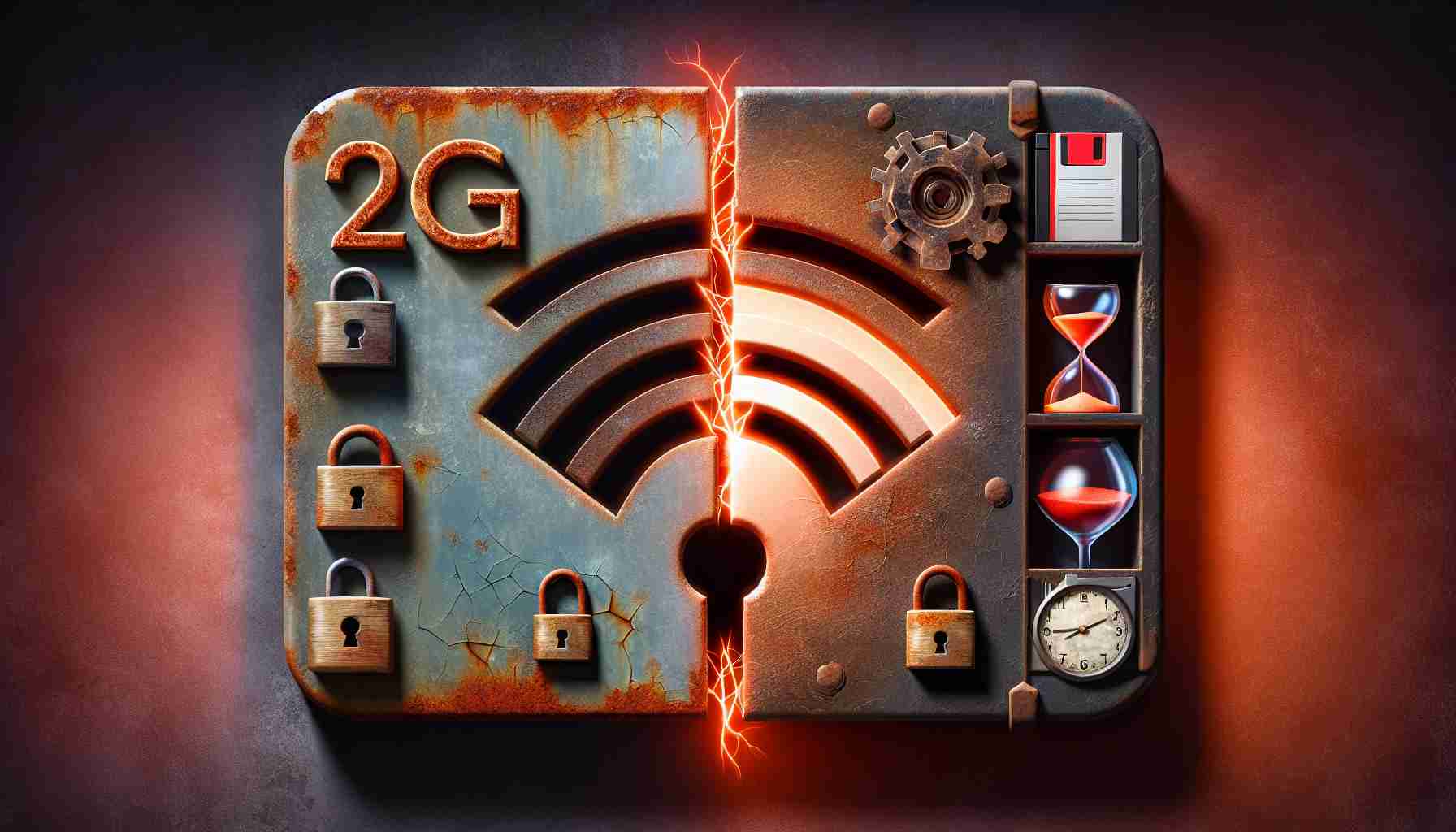Cybersecurity experts have raised concerns about the vulnerabilities within the 2G network that make it a conducive playground for fraudulent activities. The simplicity of the 2g system allows for the proliferation of spam messages and the advent of elaborate scams, such as deceptive messages concerning bank accounts.
It has been further disclosed that attackers adopt sophisticated tactics, like impersonating phone numbers to orchestrate scam calls, thereby misleading users into divulging personal information or performing undesired actions. Users may be tricked into releasing sensitive information or unknowingly committing to actions they would not normally condone.
One particularly notorious scam method that plagued phone users in Vietnam involved the use of fake base transceiver stations (BTS) to distribute deceptive messages. To date, authorities in Vietnam have uncovered numerous instances of fraud related to this method. In various cases, individuals have been apprehended while utilizing fake BTS equipment to send spam messages. The Ministry of Information and Communication acknowledges that these fake devices overwrite the signal of legitimate carriers, allowing mobile subscribers to connect to these counterfeit stations without any direct link to an authentic service provider. Such devices possess alarming capabilities, like sending thousands of messages per minute, often containing fraudulent links or fake bank-related content.
The 2G network is inherently insecure because it only authenticates the user’s phone and not the network, making it easier for nefarious activities to go undetected. Currently, there is no global solution to fully resolve this security issue. Acknowledging the challenge, regulatory bodies admit that efforts to curb these fraudulent practices have not yet achieved complete success, and criminals persist in using fake broadcasting stations to mimic financial and banking organizations, thus continuing to deceive users.
Despite the risks associated with ‘brick’ phones, they still hold a unique place in the hearts of many, reflecting an enduring affinity despite the allure of more technologically advanced smartphones.
Importance of Transitioning to More Secure Networks
The continuation of 2G networks poses significant security risks due to their outdated protocols and unencrypted communications. With the rise of newer, more secure 3G and 4G networks that feature end-to-end encryption, it’s crucial to consider the gradual phase-out of 2G networks. This transition can be a challenge, especially for regions that rely on 2G for cost-effective communication.
Key Challenges and Controversies
The challenges associated with phasing out 2G networks include providing affordable alternatives and ensuring universal connectivity. In many developing countries, people depend on the affordability of 2G services. Another controversy lies in the fact that many IoT devices still use 2G networks due to their low power requirements and wide area coverage.
Advantages and Disadvantages
Advantages:
– Low cost: 2G devices and services are cheaper, which is beneficial for lower-income users or regions.
– Simple technology: 2G technology is robust and well-understood, having been in service for many years.
– Broad coverage: 2G networks cover wider areas, providing basic services in remote or rural locations.
Disadvantages:
– Security vulnerabilities: 2G’s outdated security measures make it susceptible to eavesdropping and fraud.
– Limited capabilities: 2G networks offer slower data speeds and cannot support modern applications that require higher bandwidth.
– Obsolescence: As technology advances, 2G networks become less compatible with new devices and services.
For individuals interested in learning more about mobile network security and technology evolution, consider visiting authoritative resources like CTIA and GSMA Intelligence. While considering security measures and technological advancements, it’s essential to ensure the URL is accurate and relevant to the context.
The source of the article is from the blog mivalle.net.ar
